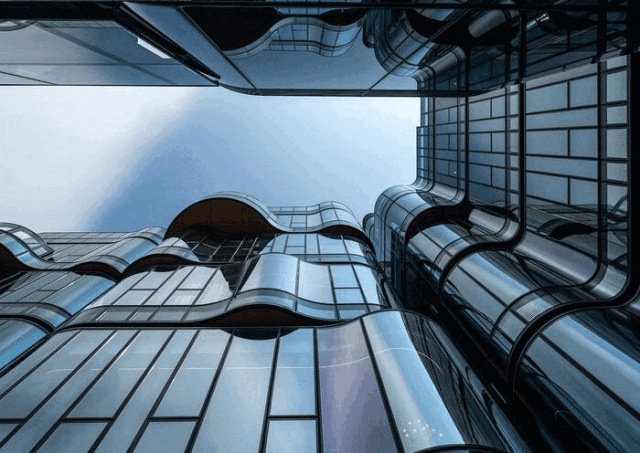vip@litongglass.com
+86 16632961602

With the rapid development of glass production and further processing technology
The application of decorative glass in the field of architecture has ushered in a new revolution
The use of decorative glass has broken through the limitations of the past
We also pursue functional materials that are translucent or semi-translucent
It has developed into a comprehensive decorative material integrating color, texture, light and shadow effects
The following is a detailed introduction to the common decorative glass processing technology.

01. Patterned glass
Patterned glass is a glass that is pressed with a pattern by a pressure roller during molding
It transmits light without see-through, the light is soft, and it is highly decorative
There are various patterns such as checkered patterns and water ripples
Its main role is to meet the needs of daylighting while protecting privacy
It also adds an artistic aesthetic to a space
It is often used in doors and windows, partitions, bathrooms and other building parts
It is also suitable for commercial display areas
The size of the regular large slab of the patterned glass
It is often 1800x2440mm
1830x2134mm
1830x2440mm
The pattern of the patterned glass also has a variety of "options"
From simple geometric lines to intricate natural textures and abstract art graphics
Meet different decorative needs and aesthetic preferences
Small wick embossed glass
Patterned glass
02. Frosted glass
The frosted glass surface has a delicate frosted texture
Transparent light but not see-through
It can effectively protect privacy, soften the light and avoid glare
Create a cosy atmosphere that is both functional and decorative
It is widely used in home bathroom doors and windows, commercial office partitions and other scenarios
Add a hazy aesthetic and a sense of privacy to a space
Glass frosted glass was originally for
Protect privacy and avoid glare while ensuring light transmission
When the surface of the glass is processed into a frosted texture by mechanical grinding, chemical etching and other processes
Both blur the line of sight to prevent prying eyes
and it can make the light soft and diffuse,
Avoid visual discomfort caused by sharp reflections
There are various types of original films suitable for frosted glass
Such as ordinary float glass, strengthened tempered glass, etc
At the same time, it can also be superimposed with color coating, pattern printing, etc. through special processes
Meet different functional needs and decoration styles
It is widely used in home and commercial space
(Sandblasting and oil sand↑)
03. Bent steel glass
Bending steel glass is the process of heating the glass to the point of softening
Curved tempered glass made by mold shaping and rapid cooling
It is strong, safe and can withstand temperature differences
It can also realize sound insulation, heat insulation and other functions through the composite process
Widely used in buildings (such as curved curtain walls) and home (such as curved doors and windows)
Meet a variety of design and practical needs
04. stained glass
Tinted glass is the addition of colorants such as metal oxides to the glass raw material
Stained glass melted at high temperatures
For example, cobalt oxide makes it blue, and copper oxide makes it green
Tinted glass is beautiful and unique, rich in color, which can enhance the artistic sense of the space
It can adjust the light, soften the light, and reduce glare
It has thermal insulation performance and reduces energy consumption; Protect privacy by adjusting transparency
And it has high strength, good stability, not easy to fade and deform, and has a long service life
05. toughened glass
Tempered glass is
In addition to laminated glass, another type of safety glass
The physical tempering
of glass usually refers to heating ordinary annealed glass
to a certain temperature (usually 650-700°C).
Quenching is performed when the glass is close to softening
A compressive stress layer is formed on the surface of the glass
to improve the mechanical strength and thermal shock strength of glass
In addition to this, there is also a way of chemical toughening (also known as ion exchange tempering) for glass
Exploits the migration and diffusion of ions on the glass surface
By way of ion exchange
Compositional changes occur in the thinner glass surface layer area
This increases the compressive stress on the glass surface
The strength of tempered glass is more than 4 times that of ordinary annealed glass
Its flexural and impact strength has also been significantly improved
However, due to the uniform compressive stress on the outer surface of the tempered glass
There is a corresponding tensile stress inside
Once tempered, it cannot do any cutting, grinding and other processing
Otherwise, it will be fragmented due to the disruption of the uniform compressive stress balance
Name: Litong Glass
Mobile:+86 16632961602
Tel:+86 16632961602
Email:vip@litongglass.com
Add:Shahe city,Hebei,China